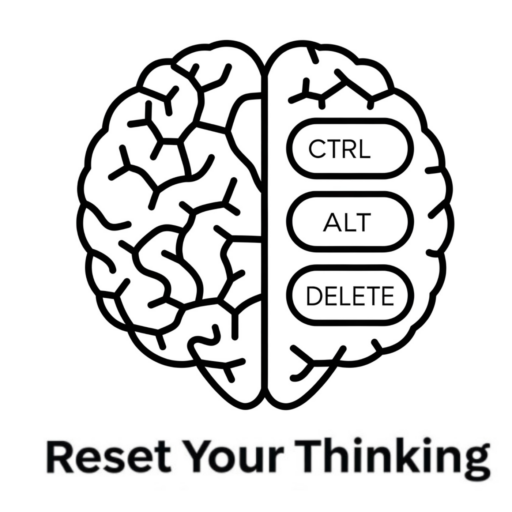“The Starfish and the Spider”
Core Concept: The book contrasts two fundamental organizational structures: centralized (“spider”) and decentralized (“starfish”) organizations. It argues that the rise of decentralized models is a powerful force, particularly in the digital age, and that understanding the principles of decentralization is crucial for success. The book uses a plethora of real world examples, contrasting them with the hypothetical scenarios.
1. The Starfish vs. the Spider:
- Centralized (Spider) Organizations: These have a clear hierarchy, a head, and centralized control. The book suggests that hierarchy is a natural human inclination, but a potentially faulty construct. Like neuroscientists seeking a top-down brain structure, “When we look at the world outside of our brain, we naturally seek order. We look for hierarchy all around us. Whether we’re looking at a Fortune 500 company, an army, or a community, our natural reaction is to ask, “Who’s in charge?”
- Decentralized (Starfish) Organizations: These are characterized by distributed power, autonomous units, and a lack of central authority. They are resilient because if you cut off a head or damage a unit, the organization can still survive and even regenerate. “Units of a decentralized organization are by definition completely autonomous. Cut off a unit and, like a starfish, the organization generally does just fine. In fact, the severed arm might grow an entirely new organization. Isolate an AA circle from the AA organization, and both will be able to survive. The isolated circle may even create a new addict-support organization.”
2. Key Principles of Decentralization:
- When you cut off the head of a starfish it grows a new one.
- Decentralized organizations don’t have a headquarters.
- Intelligence is spread throughout the system: “This brings us to the third principle of decentralization: an open system doesn’t have central intelligence; the intelligence is spread throughout the system. Information and knowledge naturally filter in at the edges, closer to where the action is.”
- Open systems can easily mutate.
- Anyone can do anything: “In decentralized organizations, anyone can do anything. A part of a decentralized organization is akin to a starfish arm: it doesn’t have to report to any head of the company and is responsible only for itself.”
- The organization isn’t harmed if you remove a unit.
- The organization is flexible or rigid.
3. Examples of Starfish Organizations:
- Alcoholics Anonymous (AA): A prime example of a successful starfish organization. Bill Wilson, the founder, intentionally avoided centralizing control, allowing local chapters to operate autonomously. “Nobody owns AA…He trusted each chapter to do what it thought was right. And so, today, whether you’re in Anchorage, Alaska, or Santiago, Chile, you can find an AA meeting.”
- Peer-to-Peer (P2P) Networks (e.g., eMule, Kazaa Lite): These networks distribute file sharing among users, making them difficult to shut down.
- Craigslist: The site relies on user moderation and community-driven content, demonstrating a lack of centralized control.
- Wikipedia: An open-source encyclopedia where anyone can contribute and edit, relying on community self-regulation.
- Burning Man: The festival based on a “gift economy” where participants contribute without expecting direct compensation.
4. The Music Industry and the Decentralized Revolution:
- MGM vs. Grokster: The lawsuit exemplifies the conflict between centralized entities (record labels) and decentralized P2P file-sharing services. “You get the idea: the biggest players, with the best lawyers in the world, arguing before the highest court in the land. And what were these giants fighting? Grokster, a tiny company that most of us have never even heard of.”
- Napster and its Successors: The attempts to shut down Napster and Kazaa only led to the emergence of even more decentralized and harder-to-control services like eMule. “The harder you fight a decentralized opponent, the stronger it gets. The labels had the power to annihilate Napster and destroy Kazaa. But waging that battle was possibly the worst strategic move the labels made.”
- Shifting Power: The music industry’s power shifted from artists to record labels and then to decentralized P2P networks, impacting industry revenues. “As industries become decentralized, overall profits decrease. Introduce starfish into the equation and wave good-bye to high profits. It’s why you want to be on the lookout for any starfish before they take an industry by storm.”
- The music labels have been out there for about a hundred years. And for a hundred years they’ve been paying the artists cents on the dollar, if that. They are starting to try to recharacterize what they do for a living as marketing companies, but you know, how many times have you seen print ads or TV ads or outdoor billboards for music artists? Rarely. They’re going to be completely disintermediated at some point.”
5. The Role of Catalysts:
- Definition: Catalysts are individuals who spark and nurture decentralized movements. They possess traits like active listening, a desire to help, passion, and the ability to map and connect people within networks.
- Examples: Bill Wilson (AA), Jimmy Wales (Wikipedia), Leor Jacobi (veganism), Josh Sage (activism), Granville Sharp and Thomas Clarkson (abolitionism).
- Key Characteristic: Letting go and trusting the community. “As a catalyst, it’s all about letting go and trusting the community.”
6. Strategic Responses to Decentralization:
- Changing the Ideology: Attempting to alter the underlying beliefs that drive a decentralized organization. (Often ineffective, as seen with anti-piracy campaigns.) “The current ideology among young people is ‘Why pay for music and movies when I can download them for free?'”
- Concentrating Power (Property Rights): Establishing ownership and control over resources to create a centralized structure.
- Decentralizing Yourself (Hybrid Approach): Adopting elements of decentralization within a traditional organization to remain competitive. “The two strategies we’ve seen thus far are aimed at changing or reducing the power and effectiveness of decentralized systems. Change the ideology, and you alter the basic DNA of the organization. Concentrate power and you create hierarchy—making the organization more centralized and easier to control.”
7. Hybrid Organizations and the “Sweet Spot”:
- The “sweet spot” is the optimal balance between centralization and decentralization for a particular industry or organization. This is always shifting.
- Examples:GM (General Motors): Peter Drucker’s study of GM revealed its successful “federal decentralization” model, where divisions had autonomy but were still under central oversight. “In Federal Decentralization,” he said, “a company is organized in a number of autonomous businesses.” Just as the U.S. government ceded power to the states, GM gave autonomy to its divisions.” However, GM was resistant to Drucker’s suggestion to decentralize even further.
- IBM: Embraced open-source software like Linux, supporting its development rather than fighting it.
- Apple (iTunes): Capitalized on the demand for individual songs rather than entire albums, finding a middle ground between the centralized record labels and illegal P2P services.
- Skype: A small team leveraged a decentralized network of users to disrupt the telecommunications industry.
8. The Power of Small and Chaos:
- Diseconomies of Scale: In the digital world, being small can be an advantage, allowing for flexibility and rapid innovation.
- Chaos and Creativity: Decentralized systems thrive on chaos, fostering a culture of experimentation and innovation. “Starfish systems are wonderful incubators for creative, destructive, innovative, or crazy ideas. Anything goes. Good ideas will attract more people, and in a circle they’ll execute the plan.”
- We have entered a new world where being small can provide a fundamental economic advantage.
Overall Message: The book emphasizes the importance of understanding and adapting to the forces of decentralization. While centralized organizations still have a role, the ability to embrace decentralized principles and create hybrid models is essential for navigating the modern landscape.
RYT Podcast is a passion product of Tyler Smith, an EOS® Implementer (more at IssueSolving.com). All Podcasts are derivative works created by AI from publicly available sources. Copyright 2025 All Rights Reserved.

